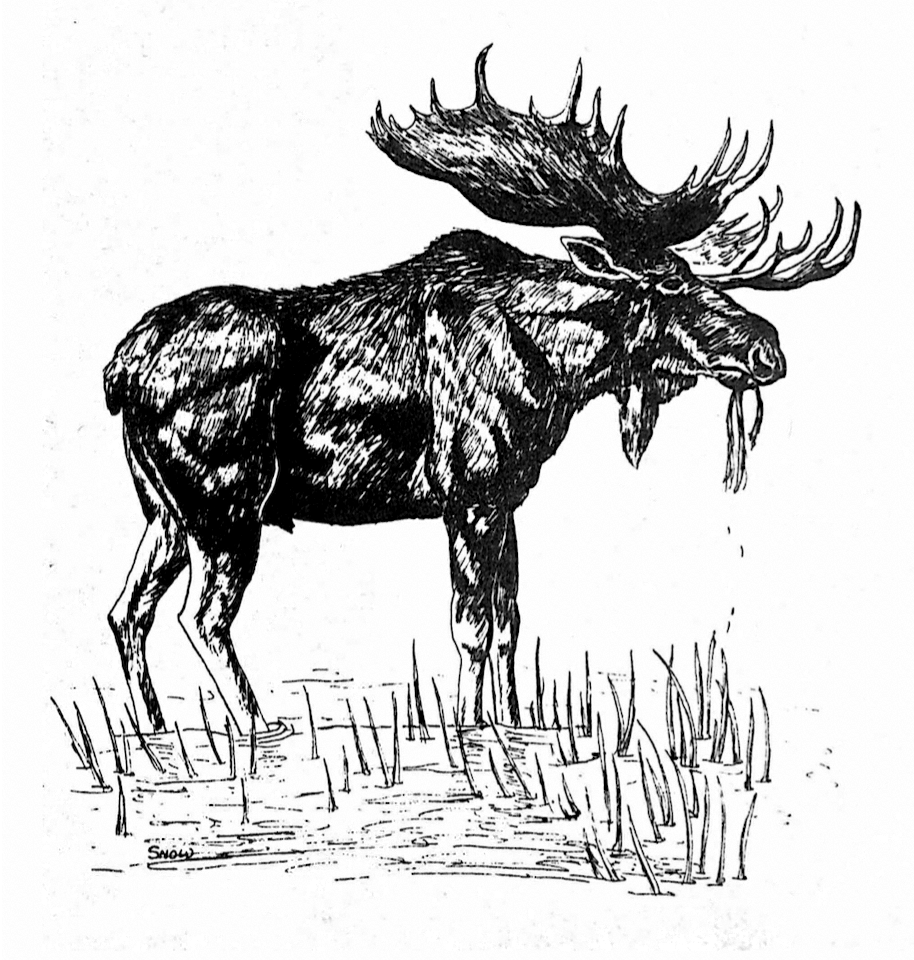Abstract
Vocalizations of wild candids have been the source of much controversy for decades. The function, causation, evolution and development of these vocalizations have been investigated only in recent years (Estes and Goddard, 1967; Fox, 1971; Joslin, 1966; Mech, 1970; Theberge and Falls, 1967). However, none of these studies has attempted a rigorous analysis of vocalizations comparable to those conducted on passerine birds (e.g., Lemon and Chatfield, 1973). The purpose of this study was to conduct the first phase of a long-term research project on coyote vocalizations. The first phase utilized the "typological" or "syntactical" approach. According to Marler (1965) "such an approach is concerned primarily with describing and classifying signals and attempting to extrapolate to predictions about the potential properties of the signal system when used in actual communication." The primary objectives were to: a) classify the long-range vocalization, b) provide a physical description of the vocalizations, and c) hypothesize as to the function of the various vocalizations. Project Number 202.

